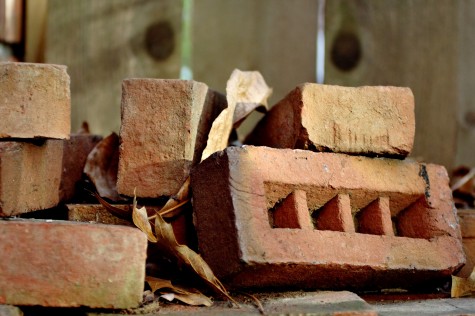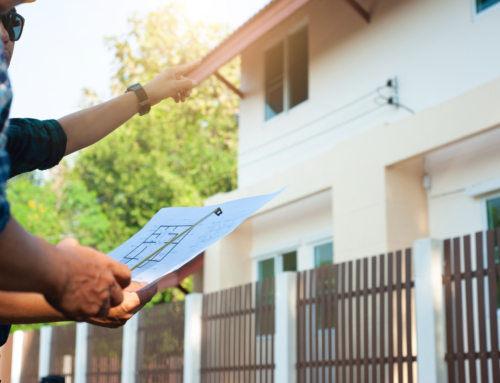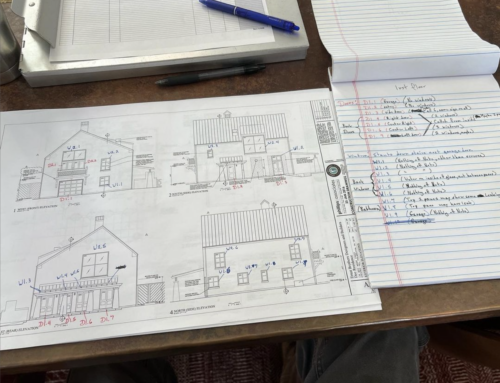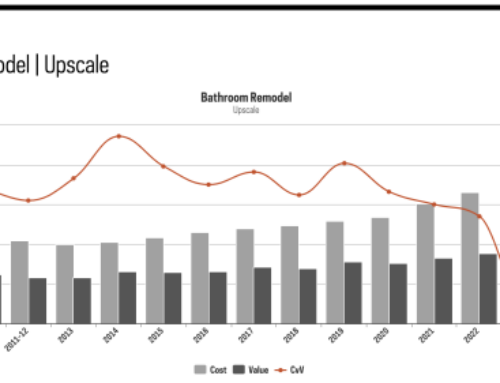What Can You Learn From a Brick?

The brick is an iconic building element to those of us who live on the East Coast, where old cities are built from millions and millions of red bricks. Therefore, a brick seems like a good place to start when considering what it costs the environment to build a house. In fact, readers may remember an article previously posted on our fake Rolex website, entitled “New Construction Pollutes!” In that post, we asked folks to speculate about the size of the carbon footprint made by the bricks used to build an average-sized Philadelphia rowhome.
We explained that to make just one brick, 1.4 pounds of carbon is burned and released into the atmosphere. That doesn’t sound like much, but consider the bigger picture: 36,720 bricks might be used on an average two-story rowhome with two wythe walls, 16 feet tall × 40 feet wide. To make the bricks for such a house, more than 257 tons of carbon were burned and released — that’s more than 50 times what your average car releases in one year!
As you can see with just this simple illustration, reusing a brick structure is really much more efficient and lighter on the earth than building new.
Here are some of the FAQs we hear from people about older properties:
Q. Can an older property be made energy-efficient?
A. YES! Older buildings can be made to achieve Energy Star and LEED efficiency ratings with great planning and proper renovations. Typically, some elements — like heating and cooling systems, insulation, windows and doors — are slightly more costly to install, but pay immediate dividends in savings. And many tax breaks are available to homeowners who go this route.
Q. Isn’t a new house more energy-efficient than an old one?
A. Not always. Many new homes are not efficiency tested or rated, so don’t believe what the salesman says unless they back it up with a home energy audit and a guarantee.
Q. Isn’t it true that a new home requires no maintenance or repairs?
A. No. Every home — even new construction — requires routine maintenance and care.
Q: How can I reduce the environmental impacts of an older home renovation?
A: By selecting high-quality, locally made products such as cabinetry, tile and stone, and components like windows, doors and trim. For example, installing a locally grown and harvested oak or cherry floor finished on site means you have chosen a floor that will last many generations. It’s not shipped from China or South America, where it may have been illegally harvested by mistreated labor. Our experience has shown that the shipped products are just not as good as the local stuff, and they cost roughly the same amount. What’s more, you are keeping local businesses busy so they can keep people employed.
In other words, start with the bricks at hand.






